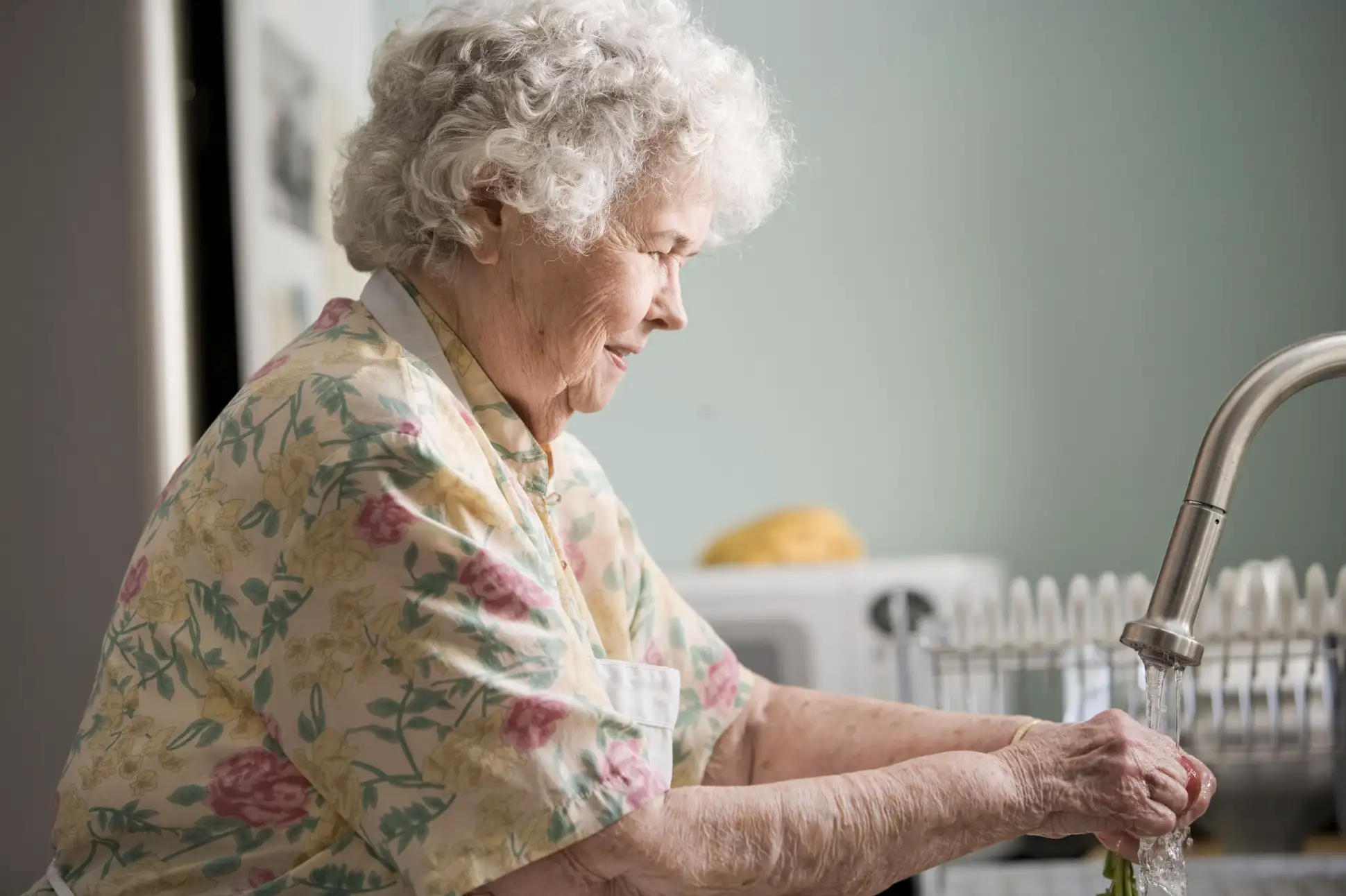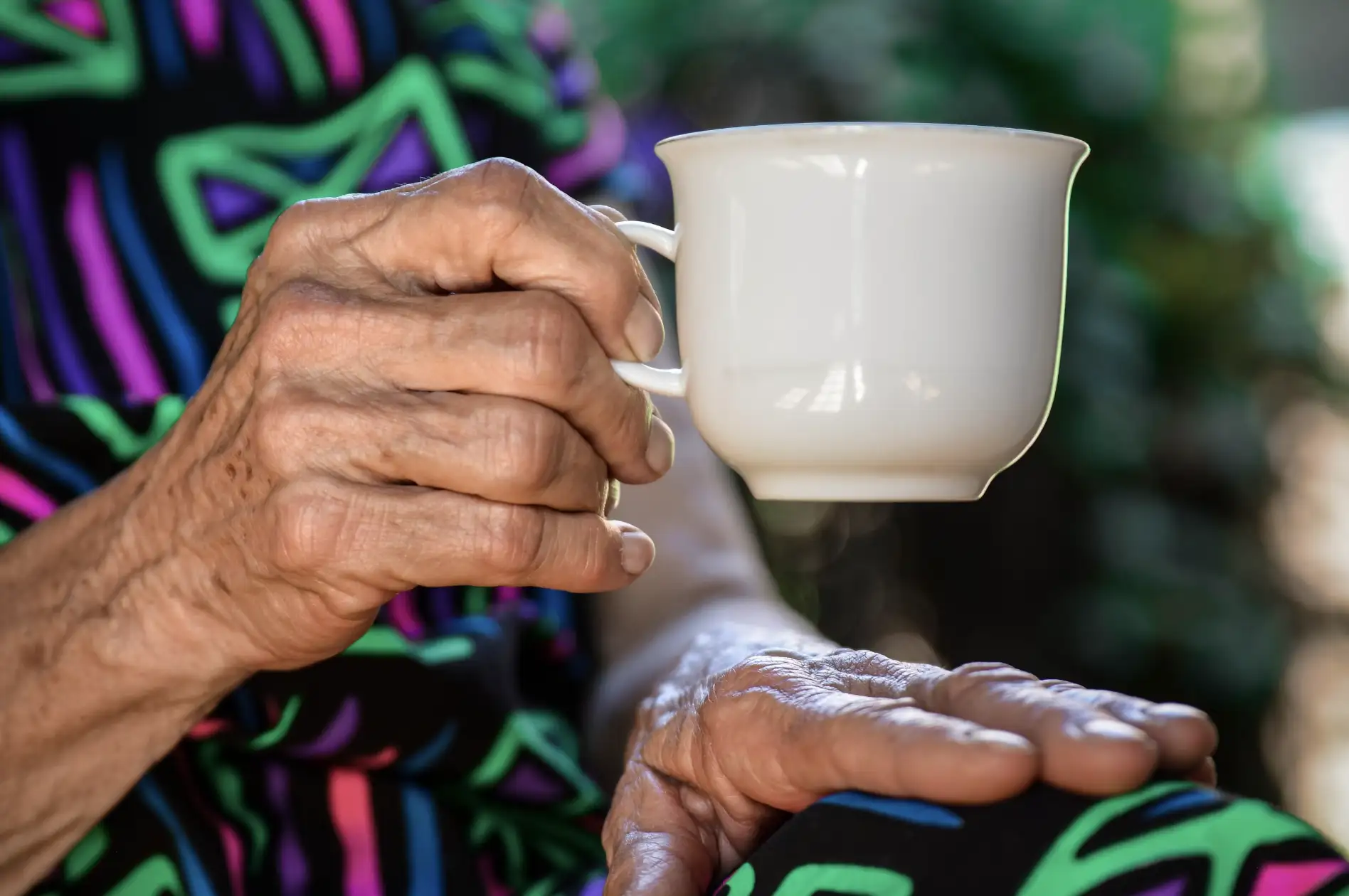Navigating the costs of aged care can feel overwhelming and complex. You’re likely facing a lot of new terms like ‘Refundable Accommodation Deposit’ (RAD) and ‘Daily Accommodation Payment’ (DAP), and it’s hard to know what’s best for your family’s financial situation. You’re not alone in this, and the fear of making the wrong choice is completely understandable.
This guide is here to demystify the process. We will provide a clear, step-by-step explanation of your accommodation payment options, break down the key differences, and answer the most common questions we hear from families every day. By the end, you’ll have the confidence to make an informed decision.
What is a Refundable Accommodation Deposit (RAD)?
A Refundable Accommodation Deposit (RAD) is a lump sum payment made to an aged care home to cover your accommodation costs. Think of it like an interest-free loan to the provider. The full amount of the RAD is refunded to you or your estate when you leave the aged care home, less any amounts you have agreed to have deducted.
Every aged care home sets its own RAD for a room, but they must advertise it on the My Aged Care website. You have the choice to pay this price as a full lump-sum RAD, a non-refundable daily payment (DAP), or a combination of both.
How to Pay for Aged Care Accommodation: Your 4 Options
Once you have a quote for a room, you have 21 days after accepting the offer to decide how you’d like to pay. Here are your options:
1. Pay the full RAD as a Lump Sum
You can pay the entire accommodation cost as a single lump sum. If you choose this, you won’t have any daily accommodation payments, although you will still have other fees like the basic daily fee and any means-tested care fees.
2. Pay as a Daily Accommodation Payment (DAP)
If you don’t want to pay the lump sum, you can pay a non-refundable daily fee instead. This is calculated from the RAD price using an interest rate set by the government, called the Maximum Permissible Interest Rate (MPIR).
3. Pay Using a Combination of RAD and DAP
This is the most flexible option. You can pay part of the RAD as a lump sum and pay the rest as a smaller daily payment. For example, if the RAD is $400,000, you could pay $200,000 as a lump sum and pay a DAP on the remaining $200,000.
4. Seek Financial Hardship Assistance
If you can’t afford your aged care costs for reasons beyond your control, you may be able to get financial hardship assistance from the government. You can find out more on the My Aged Care website.
RAD vs DAP: Key Differences & How to Choose
The biggest question most families face is whether to pay the RAD or the DAP. The right choice depends entirely on your personal financial situation, assets, and goals.
| Feature | Refundable Accommodation Deposit (RAD) | Daily Accommodation Payment (DAP) |
|---|---|---|
| What is it? | A lump-sum payment (like a bond). | An ongoing, non-refundable daily fee. |
| Refundable? | Yes, the balance is fully refunded. | No, these payments are not refunded. |
| Impact on Fees | Reduces the DAP to zero if paid in full. | The daily cost of your accommodation. |
| Impact on Pension | The RAD is an assessable asset, which may reduce your Age Pension. | Preserves your assets, which may help you keep more of the Age Pension. |
| Cashflow | Requires a large amount of capital upfront. | No large upfront cost, paid as you go. |
How is the DAP Calculated?
The DAP is calculated using the RAD price and the Maximum Permissible Interest Rate (MPIR). The formula is:
(RAD Price - Any RAD lump sum you pay) x MPIR / 365 = Daily Accommodation Payment
For example, if a room has a RAD price of $500,000 and you pay nothing as a lump sum, and the MPIR is 8.34% (as of 1 April 2025 - Note: this rate changes quarterly):
($500,000 - $0) x 0.0834 / 365 = $114.25 per day
You can find the current MPIR on the Department of Health and Aged Care website.
How a RAD Affects Your Pension & Fees
Your choice between RAD and DAP has significant implications for your Age Pension and means-tested care fees. This is the most complex part of the decision, and the outcome is different for everyone.
- Paying the RAD: When you pay a RAD, the lump sum is counted as an asset by Centrelink when they calculate your means-tested care fee. It is also counted as an asset for the Age Pension assets test. This can reduce or even eliminate your Age Pension payments.
- Paying the DAP: If you pay the DAP, you keep your assets (e.g., in the bank). These assets are still counted for both the Age Pension and the means-tested care fee. However, because you may keep more of your pension, you will have more income to help pay the DAP.
Deciding which option leaves you in a better financial position is complex. It is strongly recommended to seek independent financial advice from an aged care financial specialist. They can perform a “RAD vs DAP” calculation based on your specific circumstances.
Frequently Asked Questions
Is the RAD fully refundable?
Yes. The aged care provider is legally required to refund the full balance of your RAD within 14 days of your departure. The government guarantees the repayment of your RAD, so it is a secure investment.
What happens to the RAD when someone passes away?
The RAD becomes part of the person’s estate. The aged care home must refund the RAD balance to the estate within 14 days of receiving a copy of the Grant of Probate. They will continue to charge the DAP from the RAD balance until the date of refund.
Do I have to sell my family home to pay the RAD?
You are not required to sell your home. If the home is occupied by a protected person (like a spouse or dependent child), it will not be included in your assets test. If it’s not occupied by a protected person, its value (capped at a certain amount) will be included in your assets test, which may mean you have to pay more for your care. You can choose to pay the DAP instead of selling the home.
Can I change my mind from DAP to RAD?
Yes. You can choose to start paying a RAD lump sum at any time, even if you initially chose to pay the DAP. Your DAP will be recalculated based on the remaining accommodation amount.
Choosing how to pay for aged care is a major financial decision, but understanding your options is the first step to feeling in control. Whether you pay a lump-sum RAD, a daily DAP, or a combination, the right path is the one that gives you and your family peace of mind.
At MD Home Care, we believe everyone deserves to feel secure and supported. While we don’t provide accommodation, we help hundreds of Australians navigate the aged care system every day.
If you have questions about your care options or need help arranging services, contact MD Home Care today.


